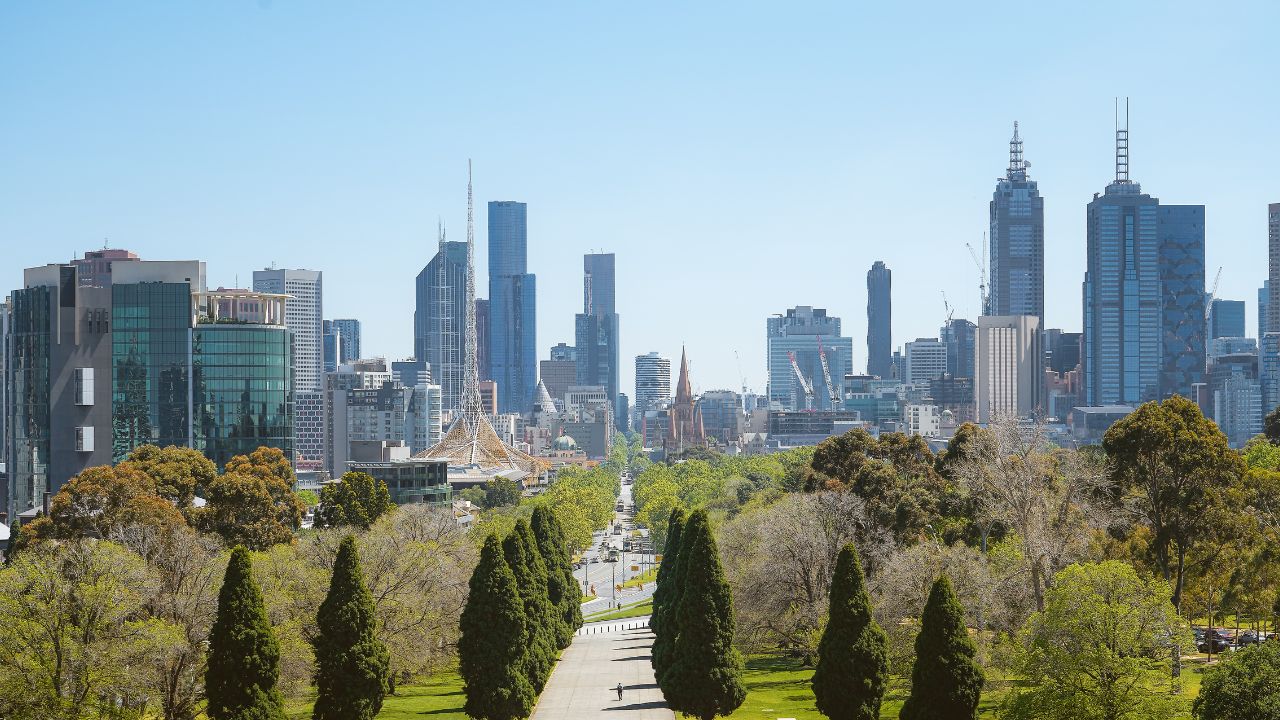New listings are starting to flow back onto the market, with Melbourne and regional Victoria leading the charge.
According to CoreLogic, new listings are 18 per cent higher than this time last year, and 7.7 per cent above the five-year average over the past four weeks.
The largest jump in vendor activity has been in Melbourne, with new listings 34.8 per cent up on a year ago, while regional Victoria has seen a 39.4 per cent jump.
Almost every capital city and rest of state region has recorded an increase in vendor activity, except for Hobart, where new listings have fallen 2.4 per cent.
CoreLogic Research Director, Tim Lawless, said the higher level of vendor activity can be attributed to a combination of factors.
“The above average level of vendor activity may be tied to the previous dearth of listings as vendors sat on their hands during the early phase of the rate hiking cycle,” Mr Lawless said.
“Or, more homeowners could be motivated to sell due to rising levels of financial pressure amid high interest rates and cost of living pressures.
“Or, some homeowners may simply be looking to de-risk their balance sheets by cashing out of the market following a period of significant growth in values.”
He said the increase in new listings across Melbourne was likely from government changes and interest rates.
“The larger rise in new listings across Victoria could be related to a combination of factors including high property taxes alongside a rising element of financial stress as high interest rates and cost of living pressures,” Mr Lawless said.

Elsewhere, advertised stock levels remain extremely low in some markets across WA, SA and Queensland, where total listings are more than 34 per cent below the previous five-year average.
Mr Lawless said, unsurprisingly, those regions were leading value gains nationally as buyers compete for a small pool of available properties.
“In strong markets like Perth, Adelaide and Brisbane, sellers may feel incentivised by market conditions that remain skewed towards vendors, while in softer markets, where overall stock levels are elevated, it is buyers who generally hold the upper hand,” he said.
Areas of Victoria dominate the top 20 list of regions where total listings are most elevated relative to the previous five-year average, taking 11 of the top 20 spots.
While Tasmania was also over-represented in the list, comprising eight of the top 20 areas for the largest lift in listings.
Regional Victoria’s Ballarat has recorded the most substantial lift in listings, with stock levels 31.6 per cent higher than a year ago and more than double the previous five-year average.
Stock levels in Ballarat have risen from a low base after moving through record lows during the pandemic, but have been on a persistent upward trajectory since early 2022, fuelling an 11.3 per cent slump in dwelling values from the market’s peak.
While areas of Regional Victoria dominate the highest rankings for the largest rise in total listings, the outer west and north west of Melbourne have also seen a large rise in advertised stock levels.
Sunbury, Macedon Ranges and Melton-Bacchus Marsh all recorded total listings more than 62 per cent above the previous five-year average.
Dwelling values have trended lower in each of these markets, but remain well above pre-pandemic levels.
Mr Lawless said most regions are showing enough buyer demand to absorb the higher-than-average flow of listings coming to market.
“Despite the higher than average trend in new listings, nationally, the total number of homes advertised for sale is holding relatively flat, tracking 3 per cent lower than a year ago and almost 19 per cent below the previous five-year average,” he said.
“The total number of advertised properties is sitting above the previous five-year average in Melbourne (9.6 per cent) and Hobart (39.3 per cent) as well as Regional Victoria (29.7 per cent) and Regional Tasmania (21.9 per cent).
“Given the higher stock levels and generally soft selling conditions, these regions have generally seen softer value growth.”

